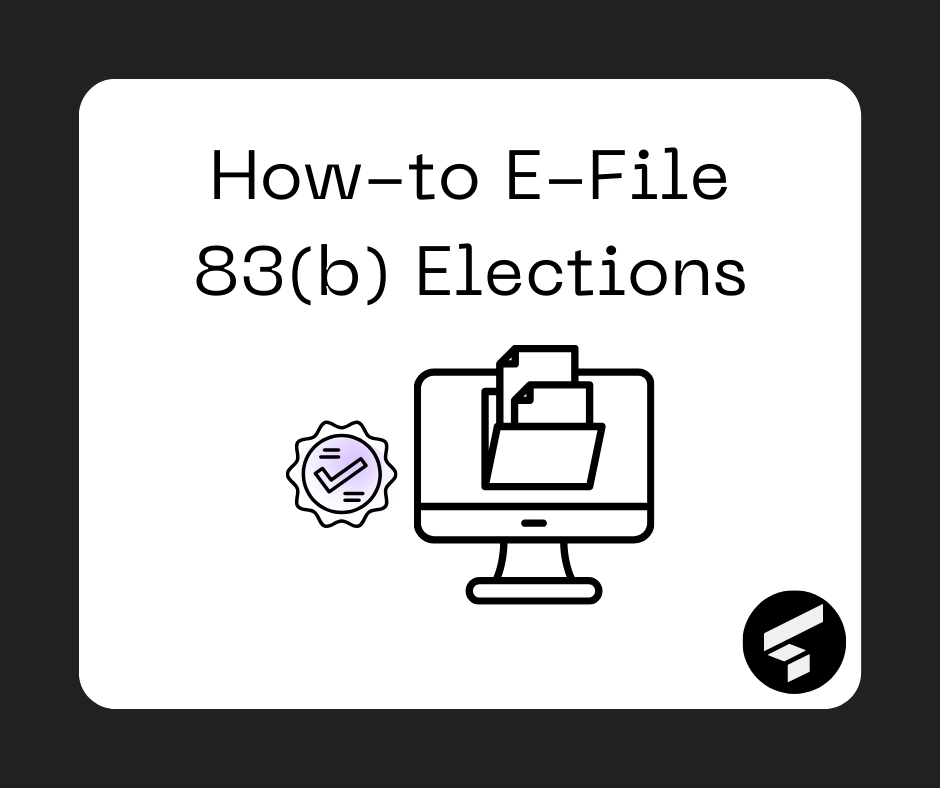Understanding Employee Stock Purchase Plans (ESPPs)
Employee Stock Purchase Plans (ESPPs) allow employees to purchase company stock at a discounted rate through payroll deductions. These plans offer employees a way to invest in their company and participate in future upside. ESPPs can offer favorable tax incentives, making them a useful tool for building wealth.
Qualified ESPP Terms
- Offering Period: Duration where employees can purchase company shares at an agreed discount (5-15%). Common ESPP Offering Period durations are 12 months and 24 months.
- Enrollment Date (Grant Date): Enrollment starts for the plan's Purchase Period
- Purchase Period: There are a series of Purchase Periods within each Offering Period. The length of a purchase period is usually 6 months and determines the number of payroll deductions that will occur for the purchase of company stock.
- Purchase Date: The date of share purchase at the end of the Purchase Period
- Purchase Price: The price paid for shares, the number of shares purchased is then determined by the amount of contributions during the Purchase Period.
- Lookback Period: ESPP feature that, in addition to the discount, sets the employee's purchase price at the lesser of price on Enrollment Date or Purchase Date. (may not apply)

$25,000 Annual Limit
- The IRS limits purchases under the plan to $25,000 worth of stock value.
- When an Offering Period spans multiple calendar years, if a participant does not purchase a full $25,000 worth of stock in the first year of the offering, the unused portion of the limitation can be carried forward to the next year and increases the amount of stock the participant can purchase in that year (additional resource on maximum nuance).
- Calculation of the maximum is based on the undiscounted Purchase Price at the start of the Offering Period.

Impact of ESPP Participation
ESPP contributions are based on gross salary - that means before deductions and taxes - but are taken after deductions and taxes. So make sure your client understands what the contribution amount means to their take home pay. It could be a significant % of the net cash they are used to receiving.
ESPP Taxation (Qualified Plans)
- Taxes are not due until employee sells shares for Qualified ESPP Plans
- Qualifying Disposition when shares are held for at least 24 months from grant date and 12 months from purchase date.
- The discounted purchase price is taxed as ordinary income. Any gain above this amount is taxed as long-term capital gains.
- Disqualifying Disposition when sale does not meet holding period criteria
- The difference between the sale price and discounted purchase price is taxed as ordinary income, subject to federal and state and local taxes.
In a Qualifying Disposition, if both conditions are met, then the amount of the discount you received (to be taxed as ordinary income) calculated as the lesser of:
- The FMV of the company stock on the Enrollment Date x the ESPP discount rate
- The sale price - the FMV of stock on the Enrollment Date
EXAMPLE: Company allows contributions up to a limit of $25,000 per year. ESPP offers a 15% discount with a lookback.
- Enrollment Date FMV: $100
- Purchase Date FMV: $110
- Purchase Price: $85 ($100 less 15% discount)

ESPP Tax Forms
The following forms will help you get ready for tax filing if your client participated in an ESPP.
- Form W-2 reports ordinary income realized from sale, if any
- Form 1099 reports capital gain/loss realized from the sale
- Cost basis likely missing or incorrect, so ask for 1099-Supplemental
- Form 3922 reports ESPP purchases for the calendar year





.png)
.png)